2,226 years ago today, the Gaozu Emperor (given name Liu Bang) claimed the Mandate of Heaven and established the Han Dynasty—one of the three great dynasties of a unified Imperial China. Among the hundreds of Chinese emperors, Liu Bang was among the few born to a peasant family. Though he ruled briefly—just 7 years—it was enough to usher in the historical era known in the West as the first Pax Sinica, from as far south as the Pearl River to as far north as the Mongolian steps, and as far west as Xinjiang. In the last years of his reign, he instituted free-market reforms including privatized coinage and lower taxes. READ more about his life and the founding of the Han Dynasty… (202 BCE)
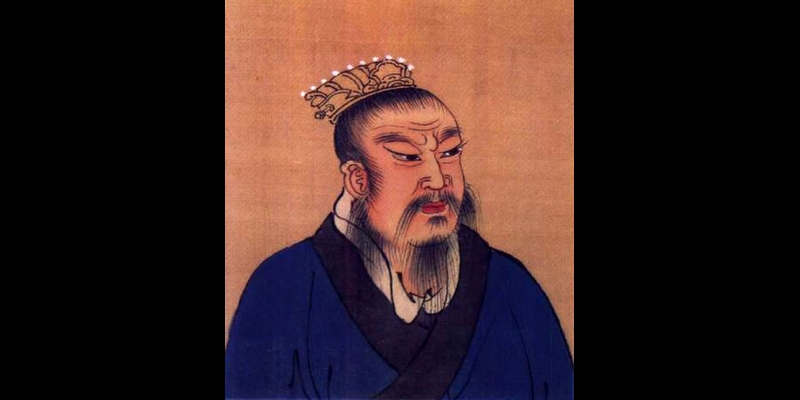
The principal ethnic demographic in China today call themselves the Han, and consider the inception of their culture as coming during the reign of the Gaozu Emperor. Without mistake, a large component of this conception was the supplanting of Legalism as the state moral belief with Confucianism.
Growing up in the state of Chu, Liu Bang was a mid-level bureaucrat who eventually took up arms in rebellion against Qin Shi Huang, the first emperor of a united China—whose burial is guarded by the Terracotta Army. Qin was a brutal despot, and his Qin Dynasty lasted a few years. Qin also replaced Taoism with Legalism, believing that superstition and difficult-to-understand quasi-religionism was beyond the scope of comprehension for the peasantry.
What they needed instead was clear laws with generous rewards for abiding, and brutal punishments for breaking. Hence, the more atheist Legalism was the moral and societal system of organization in which the ministers of the Qin Dynasty were trained. Following Liu’s victory in the rebellion, he obliterated Legalism in China forever, because the people hated the harsh punishments. By replacing Legalism with Confucianism, the backbone was set up for all subsequent iterations of Chinese civilization.
Finally, he set up his capital at Chang’an—modern-day Xi’an, thereby giving birth to one of the greatest cities in the premodern world. While still commanding his armies in the aftermath of the rebellion against Emperor Qin, he shrewdly commanded all his bannermen to move their residences to Chang’an as a means of keeping a close eye on all of them and ensuring stability. It also allowed him to put a temporary end to invasions and raiding from the north by a group of horse nomads called the Xiongnu, whom he eventually made peace with through diplomacy.
MORE Good News on this Date:
- 50 slavery opponents met in Ripon, Wisconsin, to call for the creation of a new US political group, which became the Republican Party (1854)
- The first vaudeville theater opened in Boston, Massachusetts (1883)
- The United Kingdom accepted the independence of Egypt (1922)
- The US and Egypt re-established diplomatic relations after a seven-year break (1974)
- Michael Jackson made history by winning seven Grammy awards, including Album of the Year for ‘Thriller’, and Record of the year, Best Rock Vocal Performance, Pop Vocal, R&B Performance, and R&B Song—for ‘Beat It’ and ‘Billie Jean’—and Best recording for children for E.T The Extra-Terrestrial (1984)
- More than 1 million Taiwanese participated in the 228 Hand-in-Hand Rally, forming a human chain 500 km long (300 miles) in commemoration of a massacre and calling for peace while turning away from missiles on mainland China pointed their way (2004)
- Inspired to honor her late husband, Colleen Wogernose went on a kindness spree with three friends, to brighten the day for hundreds of people across Boston (2014)

33 years ago today, the first Gulf War ended, one day after Kuwait was liberated by the coalition forces from 35 nations. Led by the U.S. against Iraq after that country’s invasion and annexation of Kuwait, the war, called Desert Shield, ended in less than 7 months.
International condemnation was mobilized into a broad military alliance by UK Prime Minister Margaret Thatcher and US President George H. W. Bush. Most of the military forces came from the US, Saudi Arabia, the UK, and Egypt, in that order, and together forced Iraq to retreat from Kuwait. (1991)
120 years ago today, SL Benfica was formed in the Portuguese capital. The most decorated and supported football club in the country, and the second-most supported around the world by the metric of membership in official supporters groups, “The Eagles” have enjoyed several periods of major success and can boast of two European Cups among 80 domestic trophies.
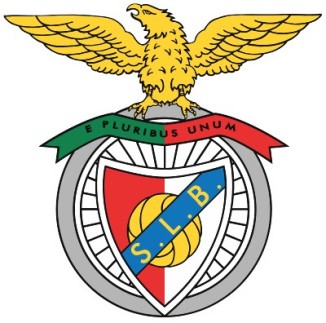
In the club’s earliest years, 8 players moved across town to another Lisbon football club, Sporting CP, which started the rivalry that persists today. They also acquired a cycling and sports association called “Benfica” from which they took their name and the bicycle wheel seen on their crests 100 years later.
The golden years for Benfica are certainly the 1960s, when their forward line was led by the great Eusebio, Benfica became back-to-back European Champions by winning the European Cup against Barcelona in 1961 (3–2) and Real Madrid in 1962 (5–3)
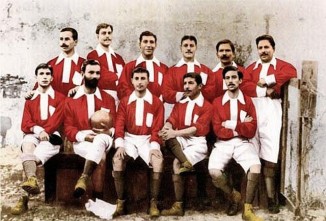
Over 14 seasons at Benfica, Eusebio scored a jaw-dropping 317 goals in 304 games, winning the Ballon d’Or in 1965, and is the only player for a Portuguese team to do so. (1904)
89 years ago today, American chemist Wallace Carothers invented nylon. At 32 years old, he led the new organic chemistry research department at DuPont Chemical Co. which was searching for ways to make new synthetic materials. His team soon developed neoprene, a synthetic rubber the company manufactured for use in wetsuits.
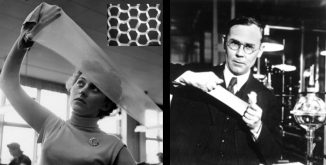
Wallace Carothers had already been studying polymers as a professor at Harvard—molecules composed of long chains of repeating atoms. The search continued at DuPont to figure out how to create an industrially-strong fiber. He combined the chemicals amine, hexamethylene diamine, and adipic acid and was able to draw out fibers that were long, strong, and very elastic. DuPont named the filament—which could have a million or more molecules, each taking some of the strain when stretched—nylon.
The product name became synonymous worldwide with the hosiery that replaced silk stockings because they were cheaper, more durable, and sheer—with up to 4 million pairs being purchased in America in one day—four years after the chemical was invented. (1935)
189 years ago, the National Epic of Finland, Kalevala was first printed, dated, and signed. A compilation of mythology, folklore, poems, and songs from the Finnish past, it was instrumental in both the genesis of Finnish national identity, and in putting an end to the civil strife of the Finnish language during the 19th century, when Sweden and Finnish were spoken in equal measure, and in their eventual independence from Russia. It was compiled by Elias Lönnrot, a physician, botanist, poet, and linguist, who between 1828 and 1834, conducted multiple “field trips” across the country, collecting thousands of poems. It was written of Lönnrot that “One man saved everything for us by running.”
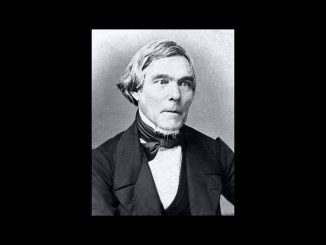
The Kalevala begins with the traditional Finnish creation myth, leading into stories of the creation of the earth, plants, creatures, and the sky. Creation, healing, combat, and internal storytelling are often accomplished by the character(s) involved singing of their exploits or desires. Many parts of the stories involve a character hunting or requesting lyrics (spells) to acquire some skill, such as boat-building or the mastery of iron-making.
As well as magical spell casting and singing, there are many stories of lust, romance, kidnapping, and seduction. The protagonists of the stories often have to accomplish feats that are unreasonable or impossible which they often fail to achieve, leading to tragedy and humiliation. It’s known that along with other mythologies, J.R.R. Tolkien borrowed from the Kalevala to write his Legendarium which was a poetic appendix to the long story of Middle Earth.
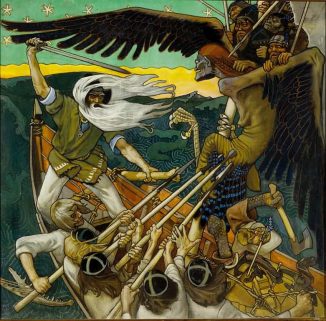
This well-known verse involves the chief character, Väinämöinen, speaking of his weariness after a long voyage to Louhi, mistress of the Northland. (1835)
“For this I weep all my days
and throughout my lifetime grieve
that I swam from my own lands
and came from familiar lands
towards these strange doors
to these foreign gates.”
And, 71 years ago today, two scientists at Cambridge University discovered the double-helix structure of DNA, the key to unlocking our human genes.

The two young friends, American James Watson and Englishman Francis Crick made perhaps the most important scientific discovery of the 20th century and were awarded the 1962 Nobel Prize in Physiology or Medicine for providing an elegant model that explains how genetic instructions are passed from generation to generation.
Watson, who was only 25 at the time and liked to wear Converse sneakers (with laces untied), later wrote the bestselling book, The Double Helix: A Personal Account of the Discovery of the Structure of DNA. WATCH a video that tells their unlikely story… (1953)
Share the Anniversaries With Your Friends…



















